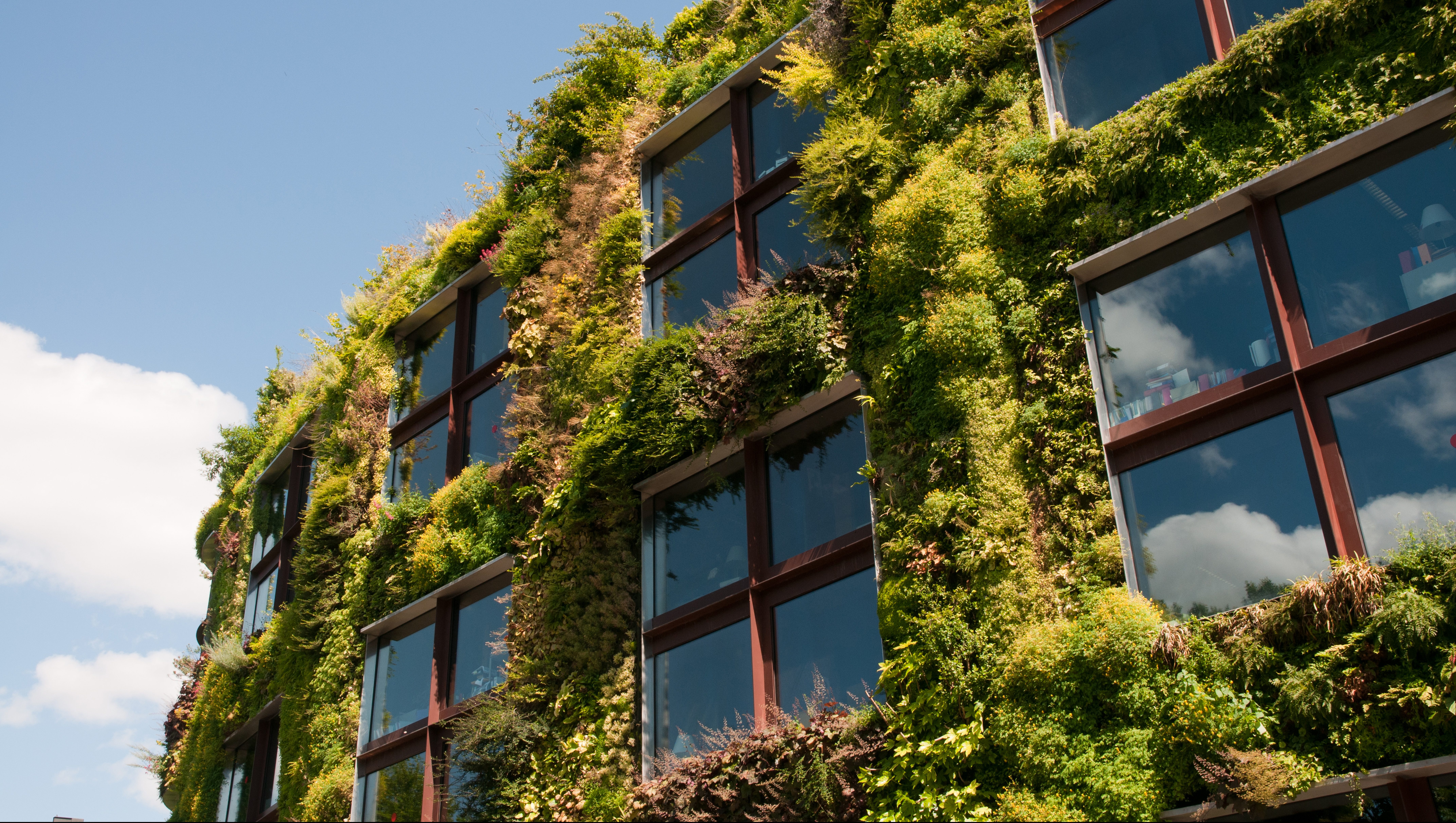Natural England unveils new Green Infrastructure Framework
Natural England has launched a new tool to help turn towns and cities into greener, more nature-rich areas. The Green Infrastructure Framework will be used by planners and developers and is hoped to help increase the amount of green cover to 40% in urban residential areas.
It is estimated that greenspaces in England deliver around £6.6 billion of environmental, health and climate change benefits annually. However, one-third of people do not have good quality access to blue or green spaces within 15 minutes of their homes. The GIF will provide a structure to analyse where these spaces are most needed, with the overarching aim of ensuring everyone is able to reach high-quality green spaces within their local area.
The Framework is structured around five key standards:
- Urban Nature Recovery Standard – aims to boost nature recovery, create and restore rich wildlife habitats and build resilience to climate change. Incorporating nature-based solutions, including trees and wildflowers, into the design of towns and cities will increase carbon capture, prevent flooding and reduce temperatures during heatwaves.
- Urban Greening Factor (UGF) for England – a tool to improve the provision of green infrastructure and increase the level of greening in urban environments. The target standard is set for at least 40% of residential developments to have green spaces, blue spaces, green roofs or green walls. This tool should provide clarity about the quantity and quality of green infrastructure required to secure planning approval for major new developments.
- Urban Tree Canopy Cover Standard – promotes an increase in tree canopy cover in urban environments. The standard sets out that major residential and commercial development should be designed to meet locally agreed targets.
- Accessible Greenspace Standards – promote access to good quality green and blue space within 15 minutes walk from home. The Framework includes a mapping tool that can help to identify places where green space is needed most.
- Green Infrastructure Strategy – this standard supports the National Planning Policy Framework’s policy that local authorities should develop strategic policies for green infrastructure.
Across England’s cities, the Green Infrastructure Framework will hopefully make a significant contribution in building resilience to climate change, increasing wildlife populations and the connectivity of habitats in our urban areas.
The press release can be found here.
